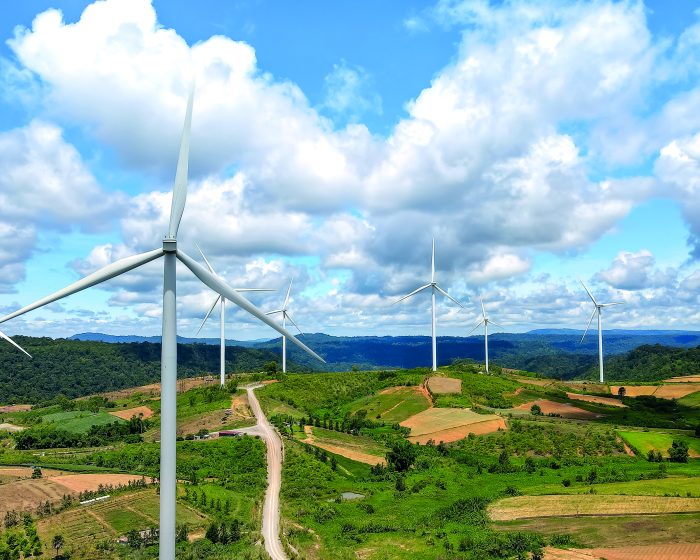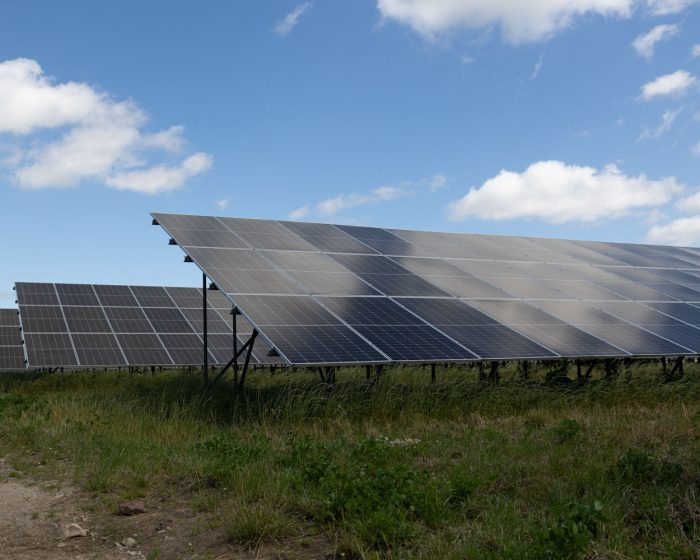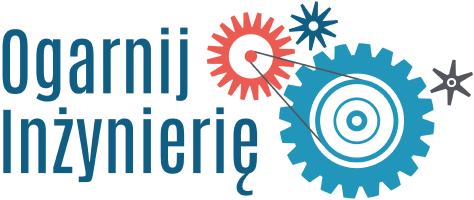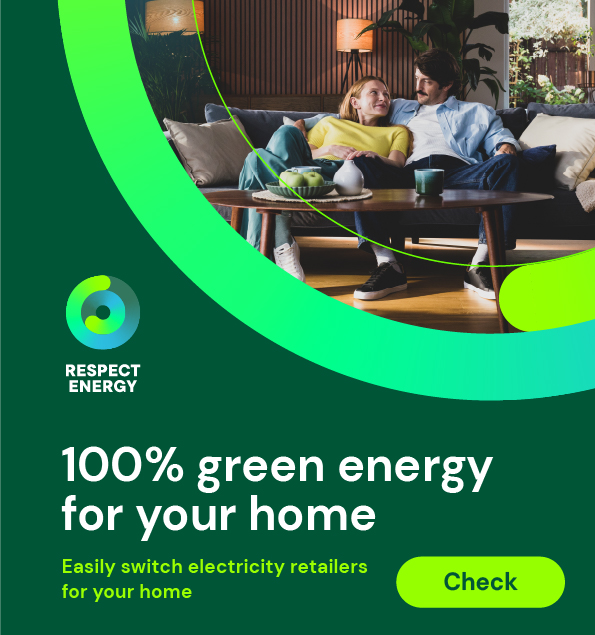Wind in the sails of RES – wind energy in practice
The history of the use of wind power dates back thousands of years. The earliest evidence of the use of sails can be found on pottery dating back some six thousand years. The first windmills were built in ancient Greece, and since then they have been used not only to pump water and grind grain, but also to power large organs that produced music thanks to the wind.
The wind turbine itself was also developed quite a long time ago. The first wind turbine was built in the late 19th century by Scotsman James Blyth. It was a 10-metre high structure used to power Blyth’s summer house, which thus became the first house in the world to be lit by energy from wind.
How is wind created?
And how is electricity generated from wind? Let’s start by explaining where the wind comes from.
As the sun heats the globe unevenly, in some places the air becomes warmer and therefore lighter, rises upwards and is replaced by cooler air which is heavier. This causes the air to move, which we feel as a wind. In addition, due to the Earth’s rotation, the wind does not blow straight, but is curved. This effect is exploited by wind turbines, which convert this air movement into electricity.
How is a wind turbine constructed?
The wind turbine itself consists of several main components. The most prominent one is the rotor, which usually consists of three blades that rotate under the force of the wind. The number of blades is not accidental – it is optimal for this design, ensuring stable and efficient rotation, minimising vibration and noise.
The entire rotor is connected to a gearbox, which acts like a gear on a bicycle and allows the speed of rotation to be increased to generate more power. This movement is then conveyed to a generator, a machine that converts mechanical energy into electricity. These components are located on a tower that lifts the blades to a great height (up to 100 metres or more), which increases the efficiency of the turbine, as a higher position means access to stronger and more stable winds.
The tower is usually made of steel or concrete, is cylindrical in shape and is designed to ensure the stability of the entire turbine. It is also where most of the cables transmitting the generated energy to the power systems are hidden. The minimum height of a tower is 20 metres, equivalent to the height of about a 8-storey building, while the tallest turbines have towers exceeding 200 metres, equivalent to the height of the Palace of Culture and Science in Warsaw.
On land and on the water
Imagine two types of wind farms: one stands on green hills and the other – like giant windmills from a fairy tale – towers over the calm blue horizon in the middle of the sea. Onshore turbines are easier to install. Their construction does not require complex operations. All that is needed is a suitable plot of land and good access roads.
It’s like building a house – challenging, but feasible. Offshore, or marine turbines, on the other hand, are more like a skyscraper project in the middle of the ocean. They cost more, require specialised vessels and advanced technology to resist strong waves and winds.
But why do we build farms at sea at all if it is so difficult? The main reason is the wind – over water it is stronger and more stable. You can compare it to the difference between the wind in a park and strong gusts on the open coast. At sea, the wind blows more regularly and with greater force, allowing the turbines to produce more energy all year round.
Currently, onshore farms account for about 70-80% of global installed wind power capacity, while offshore farms account for about 20-30%.
Therefore, despite higher costs and technical difficulties, investing in offshore infrastructure is a step towards a clean, stable and efficient energy future.
Advantages of wind energy
Low CO₂ emissions: environmental benefits at hand
Wind energy is a true ally of the environment. Scientists have been studying the impact of carbon dioxide on the climate since 1824, when the greenhouse effect was discovered, and today we know that excess CO₂ in the atmosphere leads to extreme weather events such as droughts and floods.
It acidifies the oceans, destroying marine life, and threatens human health by degrading air quality and increasing the risk of respiratory and cardiovascular diseases. Meanwhile, wind turbines, while generating electricity, do not emit any carbon dioxide.
By comparison, a traditional coal-fired power station produces around 7 million tonnes of CO₂ per year. It would take 320 million mature trees to absorb that amount of carbon dioxide. Every rotating blade of a wind turbine is a step towards a cleaner future, without coal heaps, smoky chimneys or oil spills. It's a simple, natural solution that helps protect the planet for future generations.
Local applicability: energy closer to the people
Wind farms can operate on both a large and small scale. Many communities opt for installations that power local homes, schools or workplaces. This makes regions less dependent on central energy supplies or imported fuels. It’s like having your own vegetable garden – you know where your energy is coming from, you have more control over it and you can sleep better knowing it is safe and stable. In this way, wind energy gives people more independence.
Developing the local economy: wind drives jobs
The construction of wind farms is also a boost for the local economy. The process of installing and operating the turbines requires many specialists, from engineers to technicians who service the equipment. Local companies benefit from the cooperation, new jobs are created and young people get the chance to develop their careers in industries such as renewable energy, engineering and environmental technology.
[1] https://energetyka24.com/elektroenergetyka/analizy-i-komentarze/jak-robia-to-dunczycy-polityka-energetyczna-w-danii
[2] dane z listopada 2024 https://www.rynekelektryczny.pl/produkcja-energii-elektrycznej-w-polsce/
[3] https://isbiznes.pl/2024/05/09/to-byl-rekordowy-rok-dla-energetyki-wiatrowej-na-swiecie-ale-nie-w-polsce-i-europie/
[4] https://gwec.net/global-offshore-wind-report-2024/
[5] https://www.psew.pl/nowy-potencjal-baltyku-33-gw-mocy-i-20-nowych-obszarow-pod-mfw-raport/
Read also

A future in harmony with nature. How RES impact people and the environment.
The development of civilisation is inextricably linked to the improvement of skills in harnessing energy. Since the dawn of time, people have been learning how to harness the power of the sun, wind and water. Thousands of years before our era, the Egyptians were building sailing ships and the first known wind mills were grinding […]

The sun as a source of energy: how does solar energy work?
In one hour, the Earth receives more energy from the sun than all of humanity uses in a year, so it would be a sin not to harness this powerful force. In this article, we will tell you how solar energy is used and how it will shape our future. Solar energy technologies Photovoltaic panels […]




